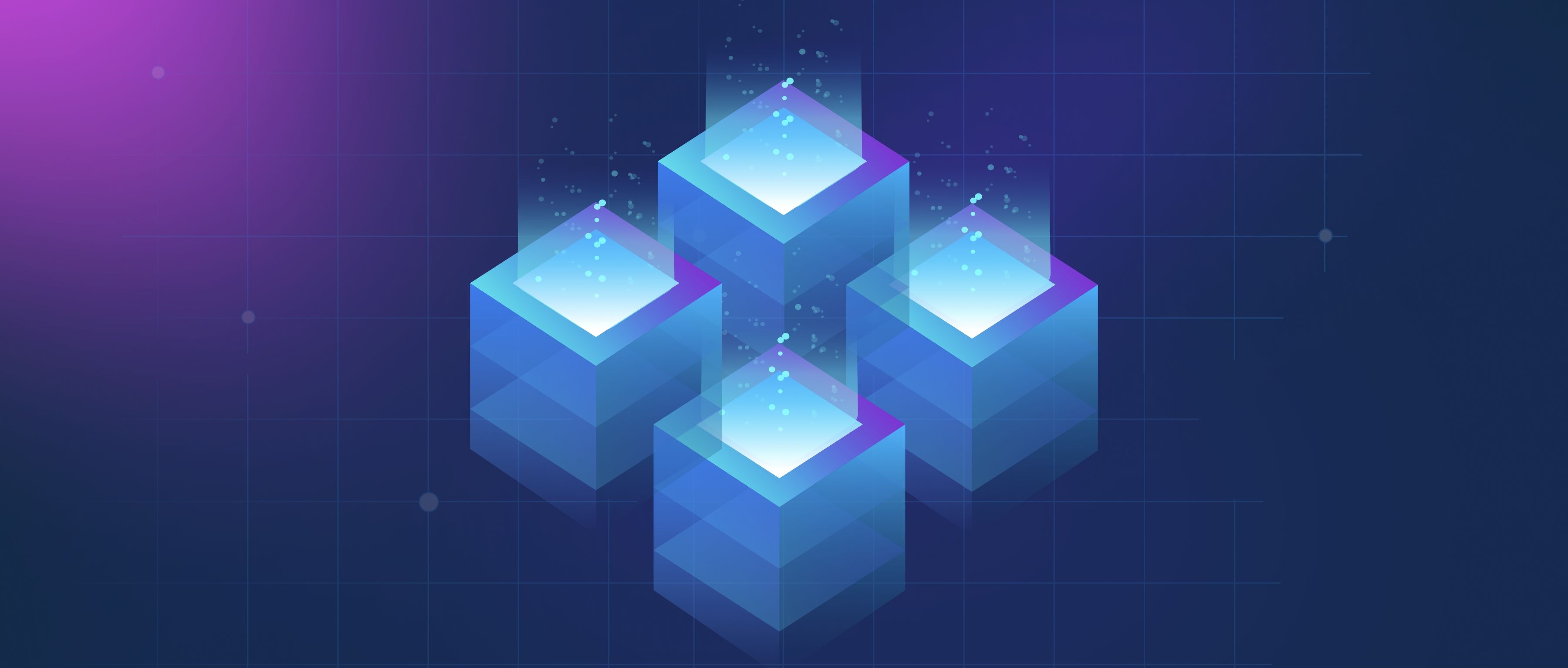Bounding boxes are a fundamental component of object detection, providing a rectangular region around objects of interest in an image. They are used to indicate the spatial location and size of an object, making it easier for the model to understand where the object is within the image. During training, bounding boxes, along with labels, serve as ground truth data, enabling the model to learn how to localize and classify objects. In practical applications, bounding boxes are used in tasks such as tracking objects in video feeds, autonomous vehicle navigation, and retail analytics.
What's the role of bounding boxes in object detection?

- Natural Language Processing (NLP) Advanced Guide
- Getting Started with Zilliz Cloud
- Exploring Vector Database Use Cases
- Evaluating Your RAG Applications: Methods and Metrics
- AI & Machine Learning
- All learn series →
Recommended AI Learn Series
VectorDB for GenAI Apps
Zilliz Cloud is a managed vector database perfect for building GenAI applications.
Try Zilliz Cloud for FreeKeep Reading
What kind of AI ethics research does OpenAI do?
OpenAI conducts a range of AI ethics research that primarily focuses on understanding the societal impacts of artificial
How is SSL used for image captioning and generation?
SSL, or self-supervised learning, is increasingly being used in image captioning and generation tasks. This approach ena
How do document databases handle large queries?
Document databases handle large queries by leveraging their flexible data models and optimized indexing strategies. Unli